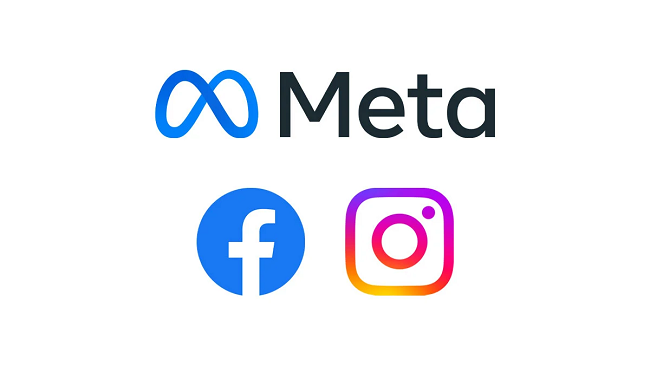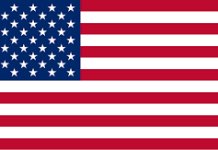Meta is launching a paid verification service for Facebook and Instagram accounts, according to CEO Mark Zuckerberg on Sunday.
“This new feature is about increasing authenticity and security across our services,” Facebook CEO Mark Zuckerberg said in a statement announcing the new feature. It comes on the heels of Twitter’s botched launch of its own Twitter Blue verification service late last year.

Meta Verified accounts will be available to users in Australia and New Zealand later this week before being expanded to other countries as part of a testing program, according to a separate statement from Meta.
Participants will receive a blue badge after verifying their account with a government ID.
These badge holders will get “extra impersonation protection against accounts pretending to be you, as well as direct access to customer support,” according to Zuckerberg.
The monthly fee will be $11.99 or $14.99 depending on whether it is used on the web or on mobile.
Participants in Meta Verified will be required to verify their Facebook or Instagram account with a government ID in order to receive a blue badge, according to the company, and the test program will begin rolling out overseas this week.
The monthly fees will help cover the costs of user verification and direct customer support. It will also “pace how many people sign up so we can ensure quality as we scale,” according to Zuckerberg.
Users will only be able to purchase subscriptions for Instagram or Facebook, not both, though the company plans to allow users to purchase both within one subscription in the future, according to a Meta spokesperson on Sunday.
Meta has stated that it will not make any changes to Instagram or Facebook accounts that have already been verified based on prior requirements, though this may change once the testing period is over.
Over the last year, both Meta and Twitter have seen low earnings, as well as a decline in users and digital advertising.














